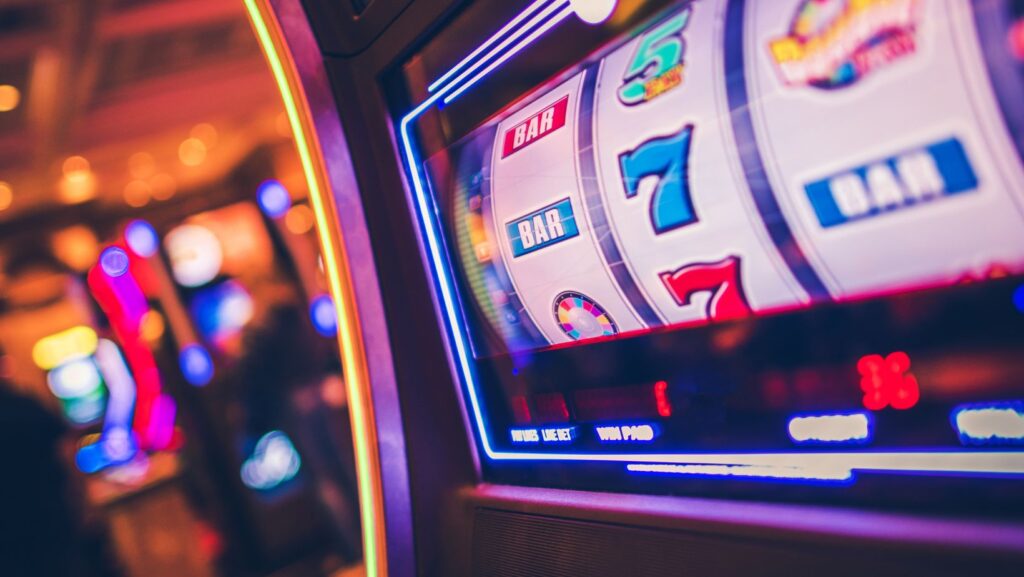
Slot machines are among the most popular casino games, both online and in land-based venues. With their flashing lights, exciting themes, and massive potential payouts, they attract millions of players worldwide. But there’s one crucial feature of every slot game that many players overlook or ignore entirely: the paytable.
Reading a paytable—and understanding what it tells you—can make a significant difference in how you play and how much you enjoy the experience. It can also help you choose better games, manage your bankroll wisely, and improve your chances of walking away a winner.
In this article, we’ll explain what a paytable is, how to read it, and why it matters for both casual and serious slot players.
What Is a Paytable?
A paytable is a reference guide built into every slot machine that explains how the game works. It tells you what each symbol is worth, how paylines function, and what special features the slot offers—like wilds, scatters, free spins, and bonus rounds.
Think of the paytable as the instruction manual for the game. Before you spin the reels with bonus codes, it’s wise to review the paytable so you know what to expect and how different outcomes are calculated.
Where to Find the Paytable
In online slots, the paytable is typically accessed by clicking a small “i” icon, a question mark, or a menu symbol on the screen. In physical slot machines, there may be a button labeled “Paytable,” “Help,” or “Info.” Once opened, you’ll usually see multiple pages or sections, each explaining a different aspect of the game.
Key Elements of a Slot Paytable
1. Symbol Values and Payouts
The paytable displays all the symbols used in the game and how much each is worth based on the number of matching symbols you land on a payline.
- Low-paying symbols are usually represented by card ranks (10, J, Q, K, A).
- High-paying symbols often reflect the game’s theme (e.g., jewels, animals, characters).
- Payouts are shown in coins or multiples of your line bet.
For example:
- 3x cherries = 10 coins
- 4x cherries = 50 coins
- 5x cherries = 200 coins
Knowing which symbols pay the most helps you get excited when the right ones land—and manage expectations when low-value ones appear.
2. Paylines or Ways to Win
The paytable explains how winning combinations are formed. Traditional slots may have 5–25 paylines, while modern games can offer 243, 1024, or even 117,649 ways to win.
Look for:
- Whether paylines are fixed or adjustable
- If wins pay left-to-right only, or in both directions
- How many symbols you need to form a win
Understanding paylines helps you make smart decisions about how much to bet and where your money is going.
3. Wild Symbols
The wild symbol acts as a substitute for other symbols to help form winning combinations. The paytable will show:
- What the wild symbol looks like
- Which symbols it can or cannot substitute for
- Whether it comes with a multiplier (e.g., wild ×2)
Wilds often boost your chances of a win or increase the payout, so knowing how they work is vital.
4. Scatter Symbols and Free Spins
Scatters usually trigger bonus features like free spins or multipliers. They often don’t need to land on a payline and can appear anywhere on the reels.
The paytable tells you:
- How many scatters are needed to activate free spins
- How many spins you get
- If extra features (like multipliers or expanding wilds) are active during the bonus
Free spins are where big wins often happen, so knowing how to trigger them is essential.
5. Bonus Games and Special Features
Many modern slots include interactive bonus rounds that can offer extra payouts. The paytable will describe:
- How to trigger the bonus game
- What the bonus involves (e.g., picking prizes, spinning a bonus wheel)
- Payout potential from the feature
Some slots have multiple bonus features, so it’s helpful to know what’s possible and what to look forward to.
Why Reading the Paytable Matters
1. Better Game Selection
Not all slots are created equal. Some offer more features, higher payout potential, or better RTP (Return to Player). By reviewing the paytable, you can find the games that align with your play style—whether you want frequent small wins or a chance at a huge jackpot.
2. Understanding Volatility
While not always listed directly, the structure of a paytable can give you clues about volatility. For example:
- A game with many small payouts and frequent wilds likely has low volatility
- A game with a few high-paying symbols and massive multipliers but fewer wins indicates high volatility
Matching the game’s volatility to your risk tolerance helps you avoid unexpected bankroll swings.
3. Smart Betting Decisions
Knowing how many paylines are active and how different features work lets you optimize your bet size and strategy. For example, if you know free spins only trigger on certain reels, you can watch for those patterns more closely.
4. Avoiding Mistakes
Some features, like multipliers or stacked wilds, only appear during certain conditions. Reading the paytable ensures you don’t misinterpret a loss or overlook a bonus opportunity.
Conclusion: Knowledge Is Power
Slot machines may appear to be all luck, but understanding the paytable gives you an edge. It tells you what to expect, how to play more strategically, and how to enjoy the game to its fullest.
Before you spin another reel, take just a minute to read the paytable. It could be the difference between spinning blindly and playing with purpose. In a world where every bet counts, knowing how your game works isn’t just smart—it’s essential.









